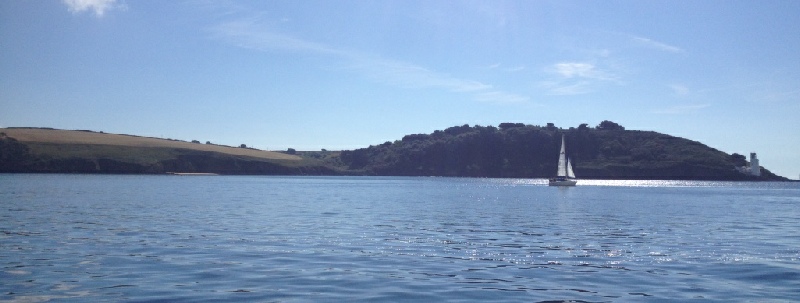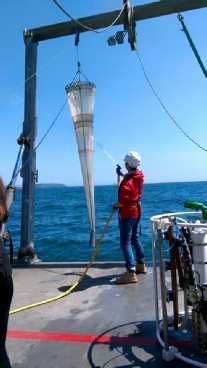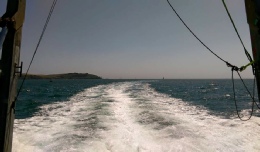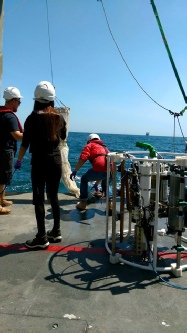

Introduction
Oceanographic fronts constitute key features within coastal systems, marked by significant changes in the thermal and nutrient stratification within the water column from one side of a front to the other. This in turn has a large effect on seasonal changes in other water properties. For example, spring phytoplankton blooms occur near the surface where there is a high availability of nutrients and a high light intensity, aiding primary production. As the summer months progress, and these nutrients become depleted in the surface layer, the phytoplankton cycle downwards in the water column; it is here that a deep chlorophyll maximum may be visible.
The chief aim of this study was to investigate the fluctuations in biological, physical and chemical characteristics across a front within the coastal waters of Falmouth, Cornwall, during the summer. The initial plan was for one of the sites of data collection, Station 51 (Station B: 50°05.734N, 004°52.694W), to be revisited later in the same day by another group. This would have allowed a comparison of data collected at different tidal states, measuring changes in water properties with depth. However, owing to poor weather conditions caused by large swells, a time series was unable to be produced.
In order to examine the variation in characteristics, Group 6 took water samples and other primary data from 5 sites off Falmouth coast, on the 30th June 2015. Station 51 was visited first, and from this location, the front was tracked from West to East, concluding with Station 55 (50°07.194, 005°04.527), closer to shore. It was expected that the stations closest to the coast would experience a well-mixed water column with little sign of thermal and nutrient stratification. As stations were sampled further from the coast, across the other side of the front, the water column was predicted to be characterised by high stratification and correspondingly high phytoplankton primary production.
Samples were collected by Group 6 whilst on board the R.V. Callista between 08:22 UTC and 11:13 UTC, on a neap tide (High Tide: 3:30, Low Tide: 10:04). Weather conditions were sunny (more or less 0/8 clover cover throughout the day, varying to 1/8 cover occasionally). The vessel experienced a large swell, with high wind speeds of 15.2 kt at Station 51; other sites were nearer the coast and consequently much more sheltered (wind speeds between 3.7 kt and 5.9 kt). All samples taken were stored correctly and taken to Falmouth Marine School for laboratory analysis on the 1st July 2015.



Click images to enlarge
| Chemical |
| Biological |
| Physical |
| Biochemical |
| Physical |